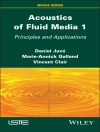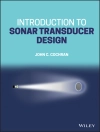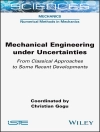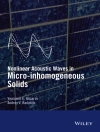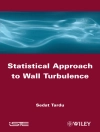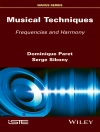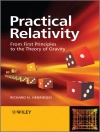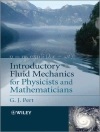The primary aim of this book is to present a unified treatment of the thermomechanics of continua using the axiomatic approach typical of rational mechanics. While many books on continuum mechanics focus on specific types of continuous bodies, such as deformable solid bodies or fluids, this book adopts a general perspective. It presents the mathematical structure of balance laws and constitutive equations as a cohesive whole, with special attention given to the modern theory of constitutive equations. Notable principles such as the principle of material indifference and the contemporary interpretation of the principle of entropy are emphasized. This book will be beneficial not only to engineering students but also to students from other scientific disciplines where aspects of continuum mechanics are studied. It provides an opportunity to view traditionally distinct topics in a broader, interconnected context. To ensure self-consistency, the first part of the book addresses issues related to linear algebra, with a particular focus on linear operators within finite-dimensional vector spaces. The book then offers a detailed exploration of finite deformations of continua, followed by an overview of kinematics. It characterizes the various forces that can exist in a continuum, introduces the stress tensor, and presents the balance laws in both Eulerian and Lagrangian forms. Next, the modern theory of constitutive equations is defined, emphasizing the role of the general principles of material indifference and entropy as criteria for selecting physically acceptable classes of constitutive equations. The resulting field equations are specialized for various cases, including thermoelasticity, Eulerian fluids, Fourier-Navier‒Stokes fluids, and rigid heat conductors. In the final part of the book, partial differential equations in continuum mechanics are discussed, with particular attention given to hyperbolic systems. The method of characteristics is introduced in both linear and nonlinear cases, and the need to expand the class of solutions by introducing weak solutions is discussed, with shock waves being a significant case. As an illustrative example of a weak solution, the Riemann problem is presented for the fluid dynamic model of vehicular traffic, where cars are initially stopped at a red light and then start moving when the light turns green.
Tabla de materias
– Matrix Operators on Vectors.- Deformation of a Continuum.- Kinematics of a Continuum.- Forces on a Continuum and Stress Tensor.- Balance Laws in Continuum Mechanics.- Constitutive Equations.- Elasticity and Thermoelasticity.- Fluids.- Rigid Heat Conductor.- Hyperbolic Systems.- Weak Solutions and Shock Waves.- Beyond Classical Thermomechanics.
Sobre el autor
Prof. Tommaso Ruggeri is an Emeritus Professor at the University of Bologna, and he became a full professor of mathematical physics in 1980. He has given significant results on the propagation of nonlinear waves and in classical and relativistic continuous media. In the first field, he produced original contributions concerning the symmetrization of hyperbolic systems of balance laws when they are compatible with a convex entropy density and nonlinear problems concerning acceleration and shock waves. In nonequilibrium thermodynamics, he was one of the founders of modern Rational Extended Thermodynamics. With Ingo Mueller, he wrote the well-known book Rational Extended Thermodynamics (Springer-Verlag, 1993 and 1998), which is considered a seminal book in studies on thermodynamics nonequilibrium. This theory connects the macroscopic scale (continuous approach) and the mesoscopic scale (kinetic theory). Recent results are collected in the books in collaboration with Masaru Sugiyama: Rational Extended Thermodynamics beyond Monatomic Gas (Springer, 2015) and Classical and Relativistic Rational Extended Thermodynamics of Gases (Springer, 2021). He is a member of the Accademia Nazionale dei Lincei (the oldest science Academy of Western) and a member of the Academia Europaea, a member of the European Academy of Sciences and Art, a member of the European Academy of Sciences (Eur ASc), and the Academy of Sciences of Bologna Naples, and Messina. He has been invited as a plenary speaker at various international meetings and has been a visiting professor at many universities (Stanford, Brown, Paris, Berlin, Seoul, Taipei, Mumbai, Hong Kong, Sydney, Kyoto, Beijing, etc.). He was also Director of the National Group of Mathematical Physics and President of the Scientific Committee of the Istituto Nazionale di Alta Matematica.


